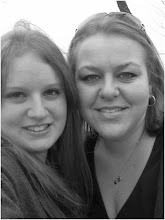
 Scenic Design:
Scenic Design:Since I’m incorporating the whole theatre into my production, my scenic design would also have to incorporate the whole theatre. I would start by rearranging the tables to look like part of Mama Nadi’s bar. They would look worn, a little beaten up. Some of the tables in the audience would even be occupied by soldiers of whichever faction would be in the bar at the time.
For the different scenes, there would be two curtains: one towards the back and one towards the middle. The one in the back could be raised and lowered for the scenes that take place in the back room of Mama Nadi’s. The one in the middle could be raised and lowered for the scenes at the bar’s exterior. This curtain would probably be more of a backdrop type thing, and would look something like this:
Lighting Design:
For my music, I would use the songs provided in the play. Other than what is mentioned in the play, I wouldn’t use much music, because I want to keep more towards the natural aspects of the play, and real life isn’t underscored (except in places like elevators and waiting rooms, but I digress). As far as sounds go, I would use things like random gun fire, people running and yelling, and things like that. And maybe some explosions. I’m not really sure what kind of weaponry these militias are packing, but I feel like explosions would be in there somewhere. The people running and yelling, and the explosions, would only occur during the tense moments in the play, but the gun fire would be random and occur throughout the whole play.
Links:


.jpg)



